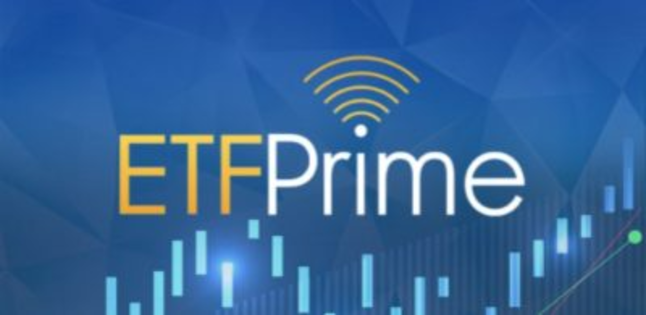On this week’s “ETF Prime,” host Nate Geraci was joined by Tom Lydon, vice chairman of VettaFi, to discuss ETFs in the first half of 2022 as well as what’s to come in the second half of the year. Later, Geraci was joined by Jim Smigiel, CIO of SEI, to talk about the company’s entry into the world of ETFs as well as its fund lineup. Last on was Nancy Davis, founder and CIO of Quadratic Capital Management, who gave her outlook on current markets and highlighted the Quadratic Interest Rate Volatility & Inflation Hedge ETF (IVOL).
The top-performing ETF in the first six months of 2022, excluding leveraged and inverse funds, was the United States Gasoline Fund LP (UGA ), up 65% for the first half. Stepping back slightly, of the top 20 ETFs over the same time period, 18 were all from either the energy or commodities sector, something that wasn’t at all surprising to Lydon.
“We’re flying more, we’re driving more, and oh, by the way, inflation’s through the roof and we’ve got some conflict overseas which is definitely affecting supplies, especially in the Europe area,” Lydon explained. “It makes a lot of sense. The big question is, will it stabilize?”
The other two funds in the top 20 were the Simplify Interest Rate Hedge ETF (PFIX), up 50% YTD, and the KFA Mount Lucas Index Strategy ETF (KMLM), up 30% YTD. It’s part of the growing interest in alternatives by advisors and investors as strategies like managed futures and other alt allocations outperform.
“Don’t feel like you’re going in and you’re picking the top here, number one,” Lydon explained of investing in some of these trend-following strategies. “Number two, make sure you’re allocated enough so if you do have an allocation, it means something.”
The growing interest in alternatives is driven by the underperformance of equities and bonds so far this year; the S&P 500 had its worst first half in 50 years, and it was the singular worst first half for broad U.S. bonds on record, Geraci said. Lydon went on to talk about the pivot to short-term strategies and allocations by advisors as the market regime changes.
The two also discussed the worst-performing ETFs in the first half, crypto performance, emerging market allocation through new funds like the Dimensional Emerging Markets Value ETF (DFEV), and investing in China’s rebound through the technology-focused KraneShares CSI China Internet ETF (KWEB ).
Factor Investing and Hedge Strategies
Jim Smigiel, CIO of SEI, was up next to give an overview of SEI’s ETF suite of funds that are actively managed quantitative equity strategies within the U.S. large-cap arena. These include the SEI Enhanced U.S. Large Cap Momentum Factor ETF (SEIM), the SEI Enhanced U.S. Large Cap Quality Factor ETF (SEIQ), the SEI Enhanced U.S. Large Cap Value Factor (SEIV), and the SEI Enhanced Low Volatility U.S. Large Cap ETF (SELV).
“The active component comes in not only in the identification and evolution of the inputs we use to construct our factors, but also the recognition of the other exposures that we’re getting in this particular ETF,” Smigiel said.
Last on was Nancy Davis, founder and CIO of Quadratic Capital Management and portfolio manager of the Quadratic Interest Rate Volatility & Inflation Hedge ETF (IVOL), who opened by talking about the challenges that investors who have their bond portfolios in the traditional fixed income allocations similar to the Bloomberg Agg will face going forward due to a lack of diversification and a lack of inflation protection.
“I see a lot of investors who are using IVOL, which is approximately 80% Treasury inflation protected securities, plus the interest rate options that we own, which is long-vol,” explained Davis. “They’re using IVOL to complete their core fixed income exposure and add more of a diversification to the Agg.”
In a fragile market environment with less liquidity looking ahead as the Fed continues quantitative tightening, the Agg offers short volatility exposures, and so hedging for that with IVOL can provide opportunities for a portfolio in multiple ways.
“IVOL can potentially benefit from less Fed hikes or higher long-term yields, and so it’s kind of neat because you don’t really have to take a bet about what regime we’re in,” Davis said.
Content continues below advertisement
Listen to the Full ETF Prime Episode Featuring Tom Lydon:
For more ETF Prime podcast episodes, visit our ETF Prime channel.

